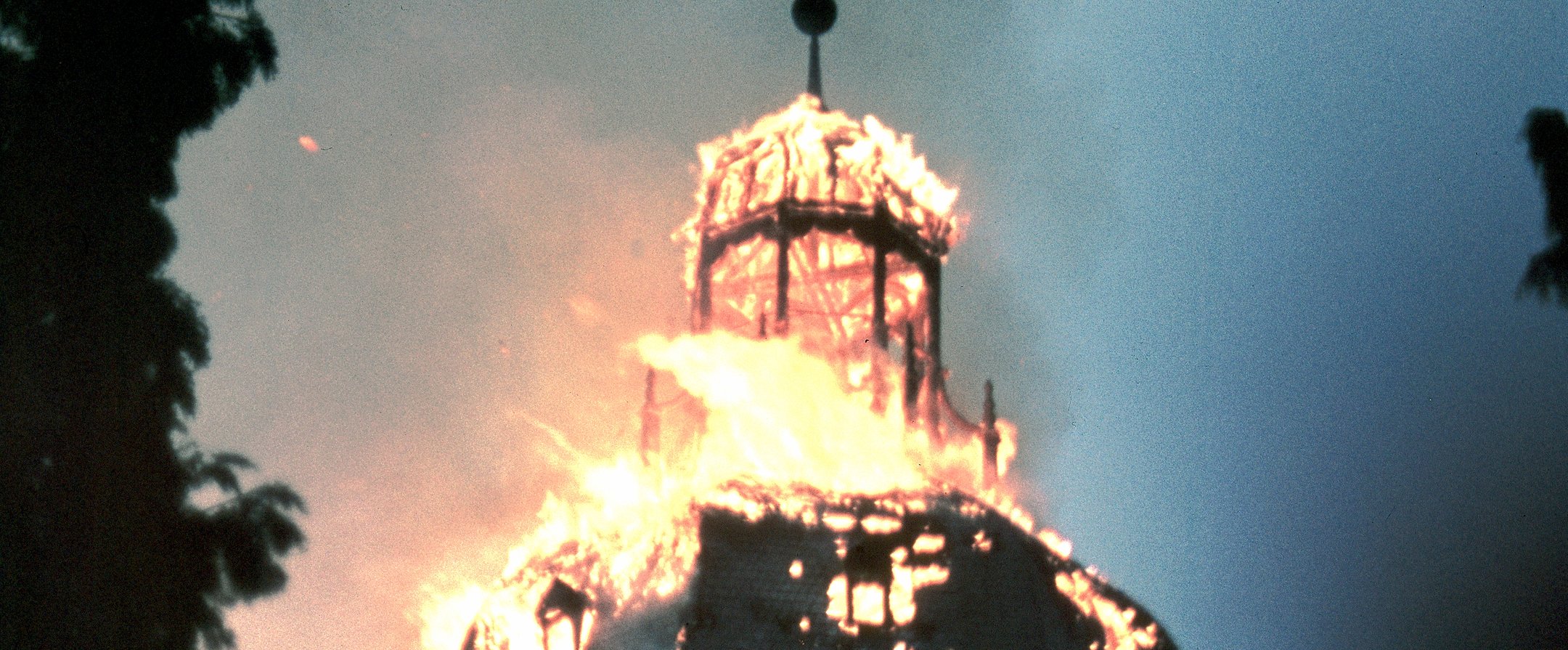Causes of the Holocaust
The Holocaust has a number of causes. Its direct cause is the fact that the Nazis wanted to exterminate the Jews and that they were able to do so. But their lust for murder didn't come out of nowhere. The antisemitic Nazi ideology must be considered in the broader context of the age-old hostility towards Jews, modern racism, and nationalism.
Jews in Europe have been discriminated against and persecuted for hundreds of years, often for religious reasons. For a start, they were held responsible for the death of Christ. In the Middle Ages, they were often made to live outside the community in separate neighbourhoods or ghettos and were excluded from some professions. In times of unrest, Jews were often singled out as scapegoats. During the plague pandemic around 1350, Jews were expelled and persecuted. In Russia, after the assassination of Tsar Alexander II in 1881, there were outbreaks of violence in which groups of Jews were mistreated or murdered. With the rise of racially inspired ideologies in the nineteenth century, the idea arose that Jews belonged to a different race and were therefore not part of 'the people' or the nation.
In 1918, Germany lost the First World War. Right-wing extremists blamed the Jews. They also accused the Jews of being capitalist exploiters who profited at the expense of others. At the same time, the Jews were accused of being followers of communism who were after world domination by means of a revolution.
Yet there is no straight line from the antisemitism of the Nazis to the Holocaust. In his book Mein Kampf and his speeches, Hitler never made a secret of his hatred of the Jews and his opinion that there was no place for them in Germany, but initially, he had no plans for mass murder. The Holocaust can best be seen as the outcome of a series of decisions, influenced by circumstances.
Polish Jews were expelled from Germany in 1938 and in 1940 German Jews were sent to occupied Poland and France, but the Nazis were not interested in their fate. Only some time after the outbreak of the Second World War did the Nazi top conceive of the idea and the possibility of murdering the European Jews. Sometimes the initiative came from lower placed Nazis, who were looking for extreme solutions to the problems they faced. Competition between different government departments also led to increasingly radical measures against the Jews. But in the end, nothing went against Hitler's wishes and he was the one who made the final decisions.
